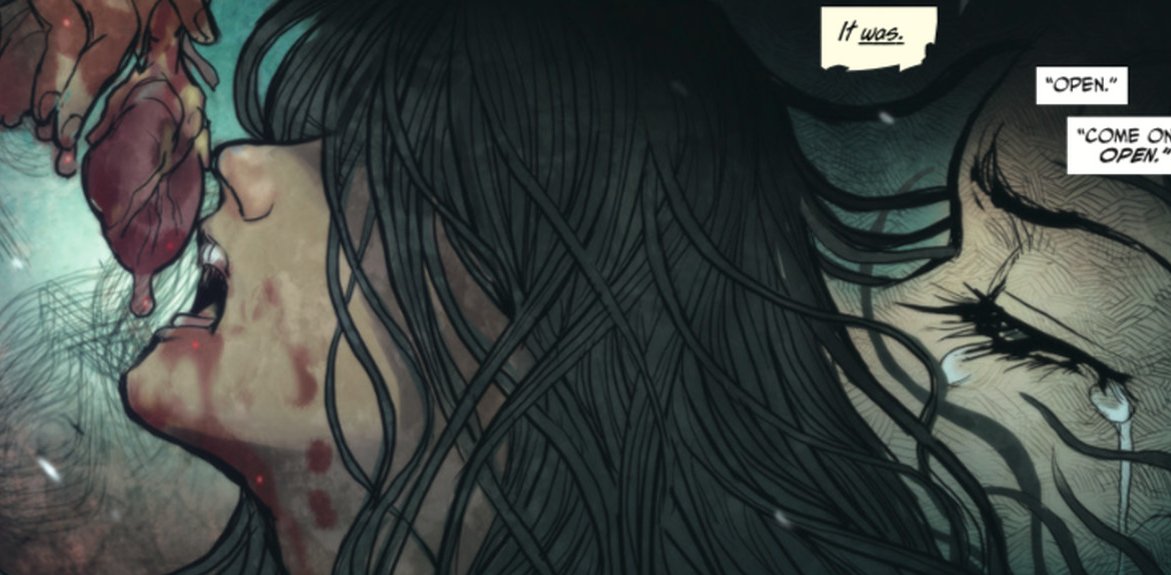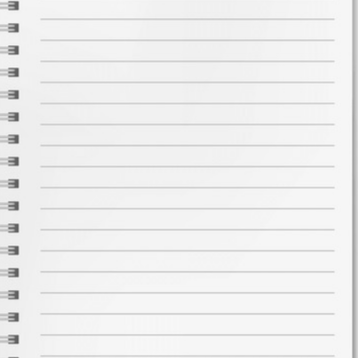Research
The Monstress Arrives: Fantastic Transformations in Comics and Manga from the 2010s-2020s
My dissertation focuses on comics, comic readership, and comic materialities. I analyze the dynamics of power and community at the sites of female-coded monstrous transformations in comics within the past decade, examining how our heroines articulate and balance their social identities with their capacity for non-normative, monstrous difference. By tracing the layers of their bodies from costuming to the viruses beneath the skin, their bodies translate alternative experiences with childhood, sexuality, disability, and trauma. I study my monstresses’ arrivals, or the monster’s repeated appearances and disappearances within a singular comic. Through formal and material analysis, I highlight how comic modality encourages bodily identification between monstress and reader. Within my concluding chapter, I include lessons and activities for teaching how to read monster transformations in comics, bringing together the fields of comics studies and monster studies to create pedagogical value.
Finding New Rhythms in It’s Lonely at the Centre of the Earth
Prevailing notions of comic “closure” ask readers to connect still images into larger sequences to craft narrative meaning. I argue It’s Lonely at the Centre of the Earth offers an alternative to comics as closure: comics as affect.
This book chapter is under contract with a University Press as of Spring 2025.
Little Lost Things: Embodying Monstrous Childhood in Little Nightmares
Little Nightmares’s form as a game makes especially clear the need to renegotiate the connection between childhood and commercial products. The non-child player, through the child avatar, embodies childhood’s attempts to escape from hyper consumerist futures.
The Sound of Love: Disability & Romance in Manga
Manga’s style makes romantic desire becomes hypervisible through its formal representations of deafness. Intimate moments of communication, love, and sex articulates the desires of those with hearing disabilities as inseparable from their disabled identities. Interestingly, manga artists also purposefully limit readers’ understanding of sign language. By denying able-bodied readers from accessing particular parts of its deaf characters’ intimate, lived experiences, manga crafts agentic representations of persons with disabilities.
Dear Diary: Languages of the In-Betweens
In this project, I chronicle the objectives and activities of a course-long project from my upper-division course “Literature for the Adolescent: Language of the In-Betweens.” My methodology and an imagetextual anthology of student work showcase how, through drawing and rewriting images of adolescence inspired by young adult graphic novels, we can reflect on what adolescence is, what it feels like, and how its collected experiences stay with us.




